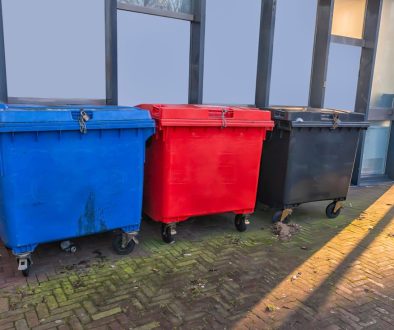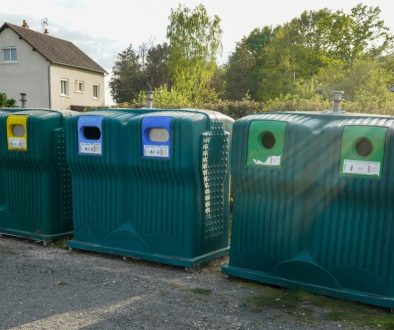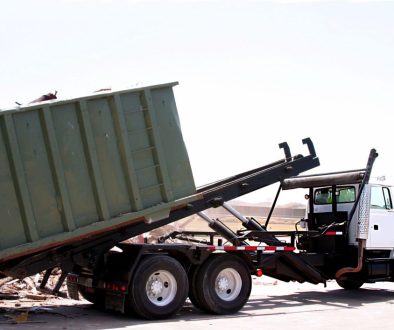Scrap metal recycling is the process of recovering metals from discarded materials and turning them into new products. It is an essential part of the circular economy, where waste is eliminated and resources are conserved. Scrap metal recycling has many benefits, such as reducing greenhouse gas emissions, conserving energy, and preserving natural resources. However, the industry faces many challenges, such as fluctuating metal prices, increasing demand for raw materials, and environmental concerns. The industry adopts innovative trends and technologies to overcome these challenges and achieve a sustainable future. This article will discuss some of those innovations in scrap metal recycling.
The Circular Economy and Scrap Metal Recycling
The circular economy is an economic model that aims to eliminate waste and promote the efficient use of resources. Scrap metal recycling is a critical component of the circular economy, as it helps to close the loop on materials that would otherwise be discarded. When metals are recycled, they can be used to create new products, reducing the need for virgin materials and conserving natural resources. Recycling metals also reduces greenhouse gas emissions since it requires less energy than mining and refining new metals. The scrap metal recycling industry can contribute significantly to sustainable development by adopting the circular economy model.
The Role of Renewable Energy in Scrap Metal Recycling
1. Reducing the Carbon Footprint of Scrap Metal Recycling
Renewable energy sources such as solar, wind, and hydro can be used to power the equipment and machinery involved in scrap metal recycling. By using renewable energy instead of fossil fuels, recycling companies can significantly reduce their carbon footprint and contribute to the transition to a low-carbon economy. This helps mitigate the recycling process’s environmental impact and promote sustainability.
2. Lowering Operational Costs
Renewable energy sources can help scrap metal recycling companies lower their operational costs. For example, installing solar panels or wind turbines can reduce the electricity a company needs to purchase from the grid, lowering their energy bills. This can help recycling companies remain competitive and profitable in a fluctuating market while also promoting sustainability and reducing their carbon footprint.
3. Promoting a Circular Economy
The goal of a circular economy is to eliminate waste and promote the efficient use of resources. Renewable energy sources can help achieve this goal by providing a sustainable energy source for the recycling process. This helps to close the loop on discarded materials and conserve natural resources. The industry can promote a circular economy and contribute to sustainable development by using renewable energy in scrap metal recycling.
Innovations in Metal Recovery Technologies
One of the challenges of scrap metal recycling is recovering the maximum amount of metal from discarded materials. Traditional metal recovery methods, such as shredding and sorting, are effective but sometimes inefficient. The industry is adopting new technologies, such as eddy current separators, X-ray fluorescence analysers, and optical sorters, to improve metal recovery rates. These technologies use advanced sensors and algorithms to identify and separate different types of metals, improving the quality and purity of the recycled materials. By using these innovations, the industry can recover more metals from discarded materials, reducing the need for virgin materials and conserving natural resources.
Scrap Metal Trading Platforms and Digital Marketplaces
Scrap metal trading is a complex and fragmented market, with many buyers and sellers operating in different regions and industries. The industry is turning to digital platforms and marketplaces to simplify trading and improve market transparency. These platforms allow buyers and sellers to connect and transact in real time, reducing the need for intermediaries and improving market efficiency. Digital marketplaces also provide access to real-time pricing data, enabling buyers and sellers to make informed decisions about their transactions. By adopting digital technologies, the scrap metal recycling industry can improve market efficiency, reduce transaction costs, and increase market participation.
Innovations in Product Design and Material Efficiency
Scrap metal recycling is not just about recovering metals from discarded materials; it is also about designing products that are easier to recycle and promoting material efficiency. To achieve this, the industry is collaborating with product designers and manufacturers to develop recyclable, durable, and efficient products. Innovations in product design, such as using modular components, eliminating toxic materials, and designing for disassembly, can improve material efficiency and reduce waste. By promoting these innovations, the industry can create a more sustainable and circular economy.
The Role of Policy and Regulation in Scrap Metal Recycling
Policy and regulation play a critical role in promoting sustainable scrap metal recycling. Governments can incentivise the adoption of new technologies, promote market transparency, and regulate the disposal of hazardous materials. For example, some countries have implemented producer responsibility programs, where manufacturers are responsible for the end-of-life disposal of their products. These programs can incentivise manufacturers to design products that are easier to recycle and promote material efficiency. Governments can ensure that the scrap metal recycling industry contributes to sustainable development by implementing supportive policies and regulations.
Challenges and Opportunities for the Scrap Metal Recycling Industry
The scrap metal recycling industry faces many challenges and opportunities in achieving a sustainable future. One of the main challenges is the fluctuating metal prices, which can affect the profitability of recycling companies. However, the industry also has many opportunities, such as adopting new technologies, collaborating with product designers and manufacturers, and promoting the circular economy. To achieve a sustainable future, the industry must overcome these challenges and seize these opportunities.
Conclusion
Scrap metal recycling is a critical part of the circular economy, and it has the potential to contribute significantly to sustainable development. By adopting innovative trends and technologies, such as renewable energy, metal recovery technologies, digital marketplaces, and product design, the industry can overcome the challenges it faces and achieve a sustainable future. Governments can also play a critical role in promoting sustainable scrap metal recycling by implementing supportive policies and regulations. The scrap metal recycling industry has many opportunities to create a more sustainable and circular economy, and it is up to all stakeholders to seize them.
Looking for reliable and sustainable skip hire in Cheshire? Look no further than Enviro Skip Hire! Our eco-friendly skip hire services are designed to help you dispose of waste responsibly and sustainably. Whether you’re a homeowner, business owner, or construction professional, we have a range of skip sizes to suit your needs. Contact us today at 01270 820 426 to book your skip hire!




